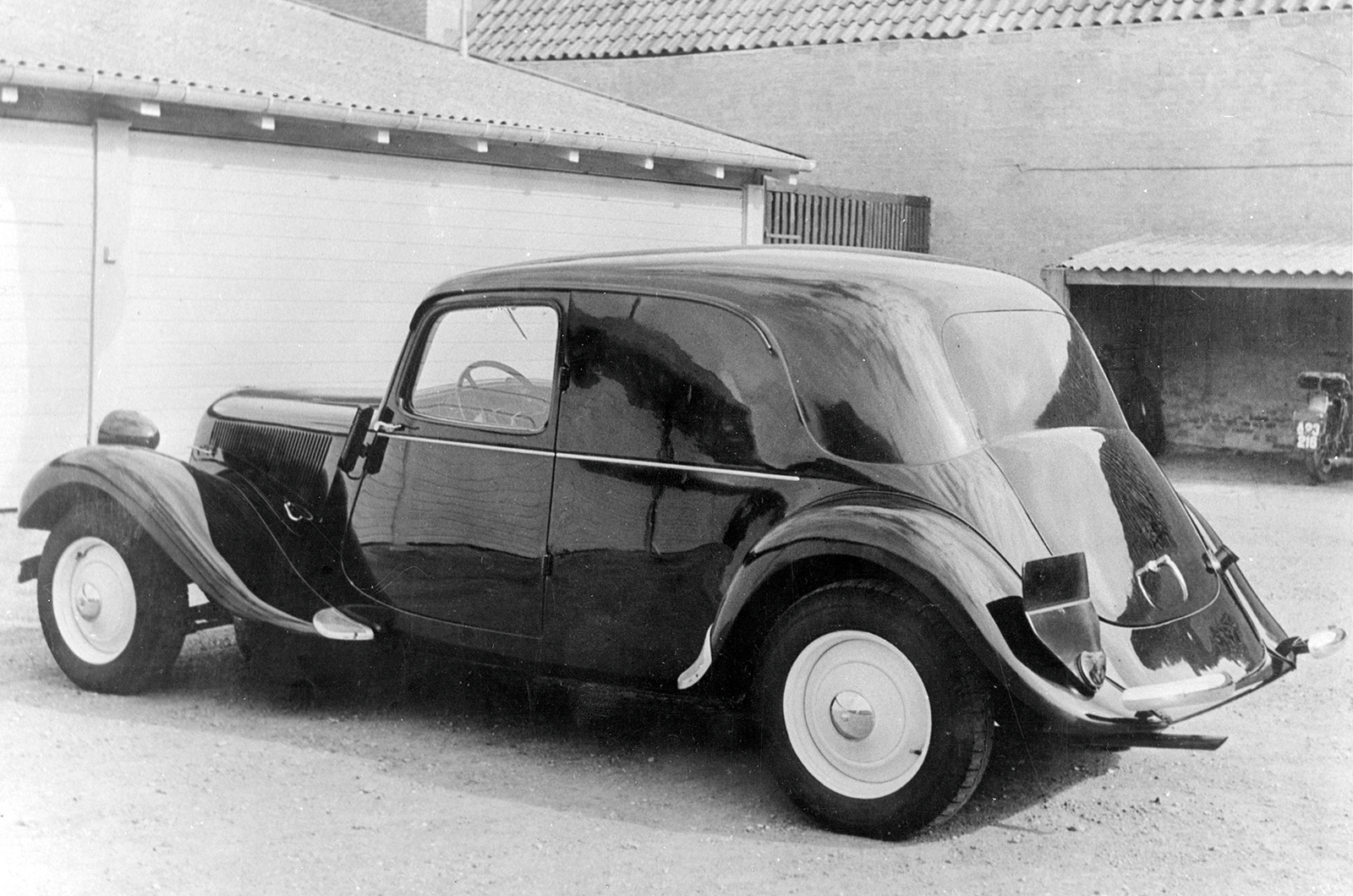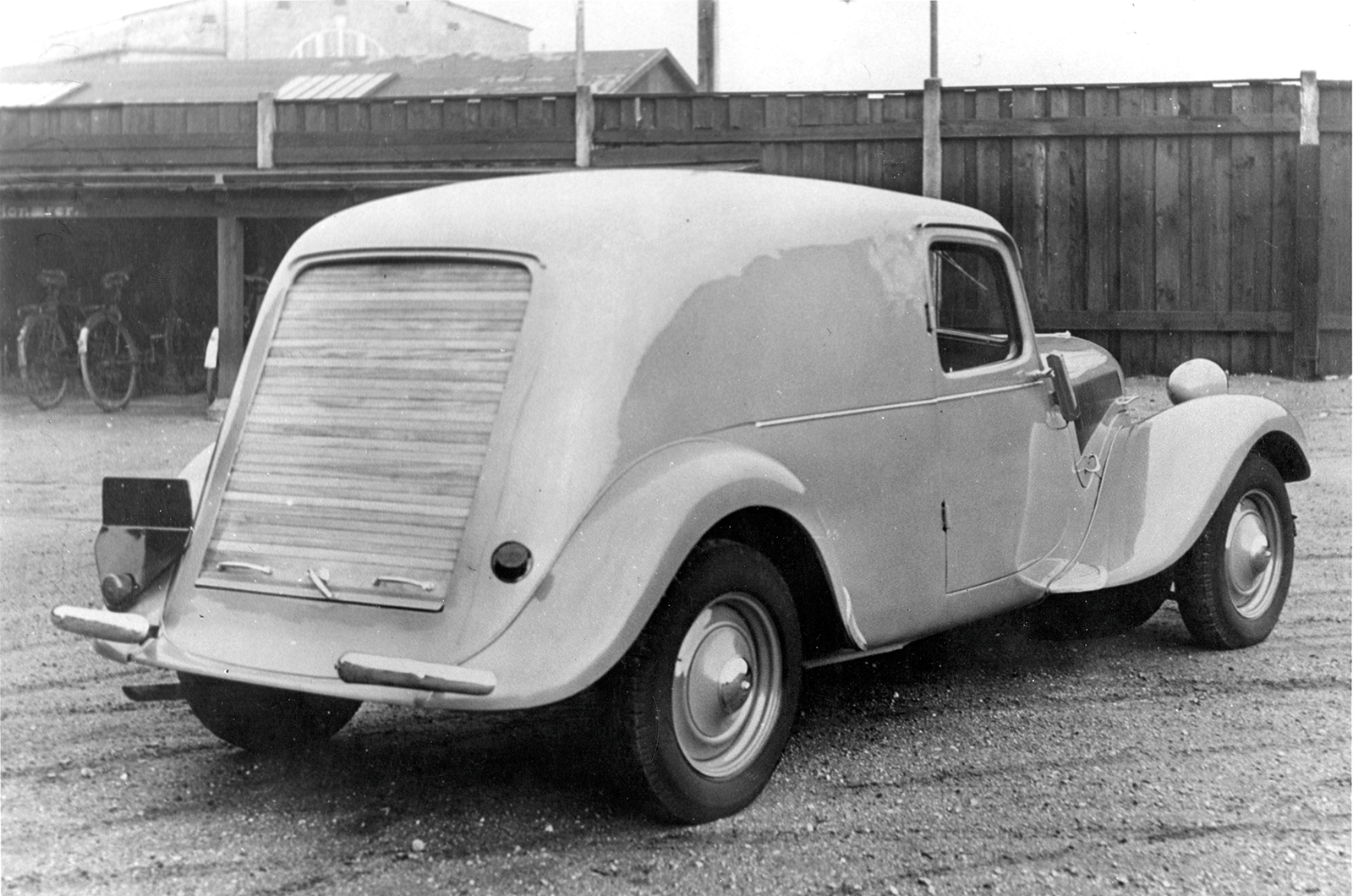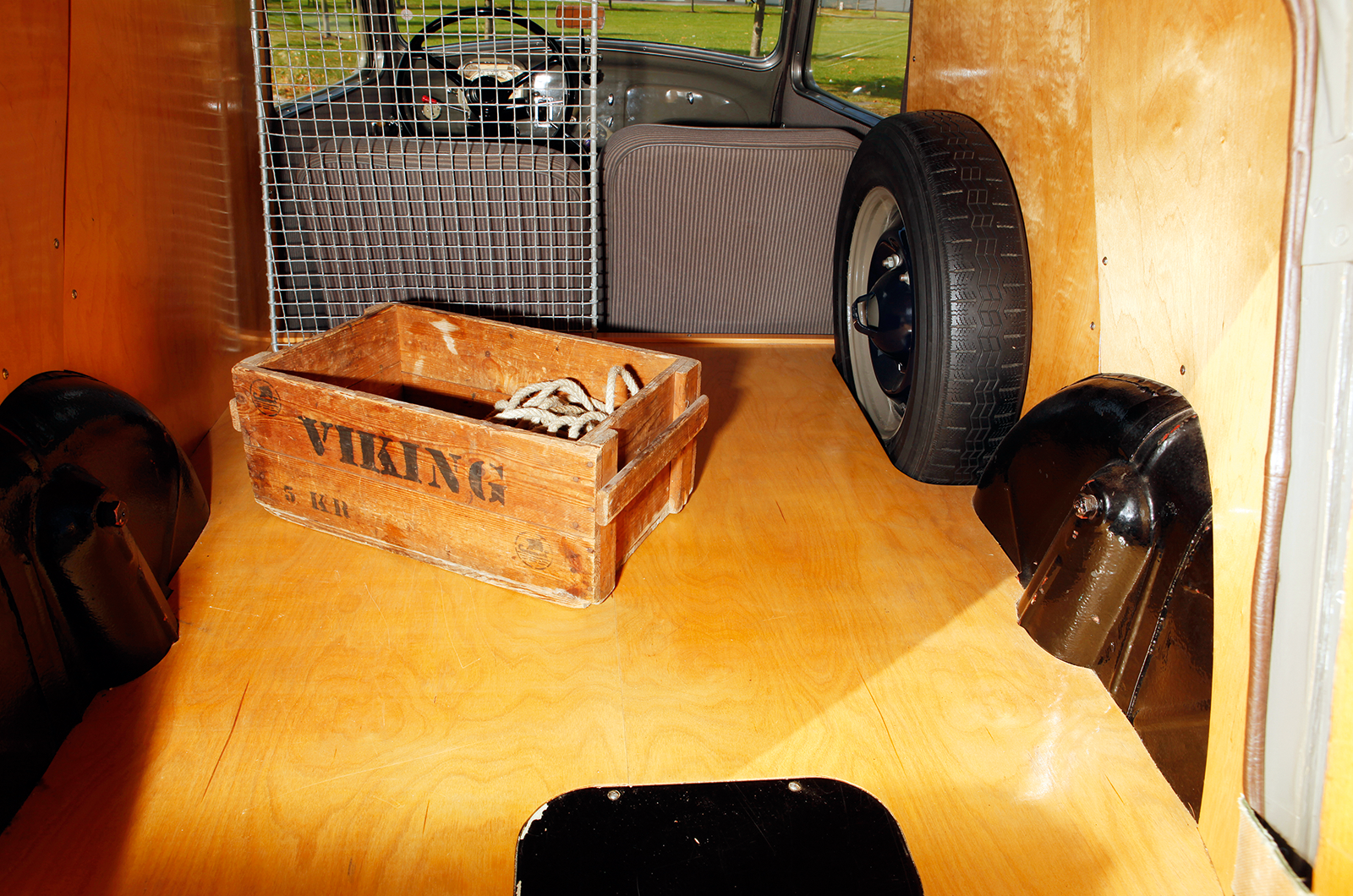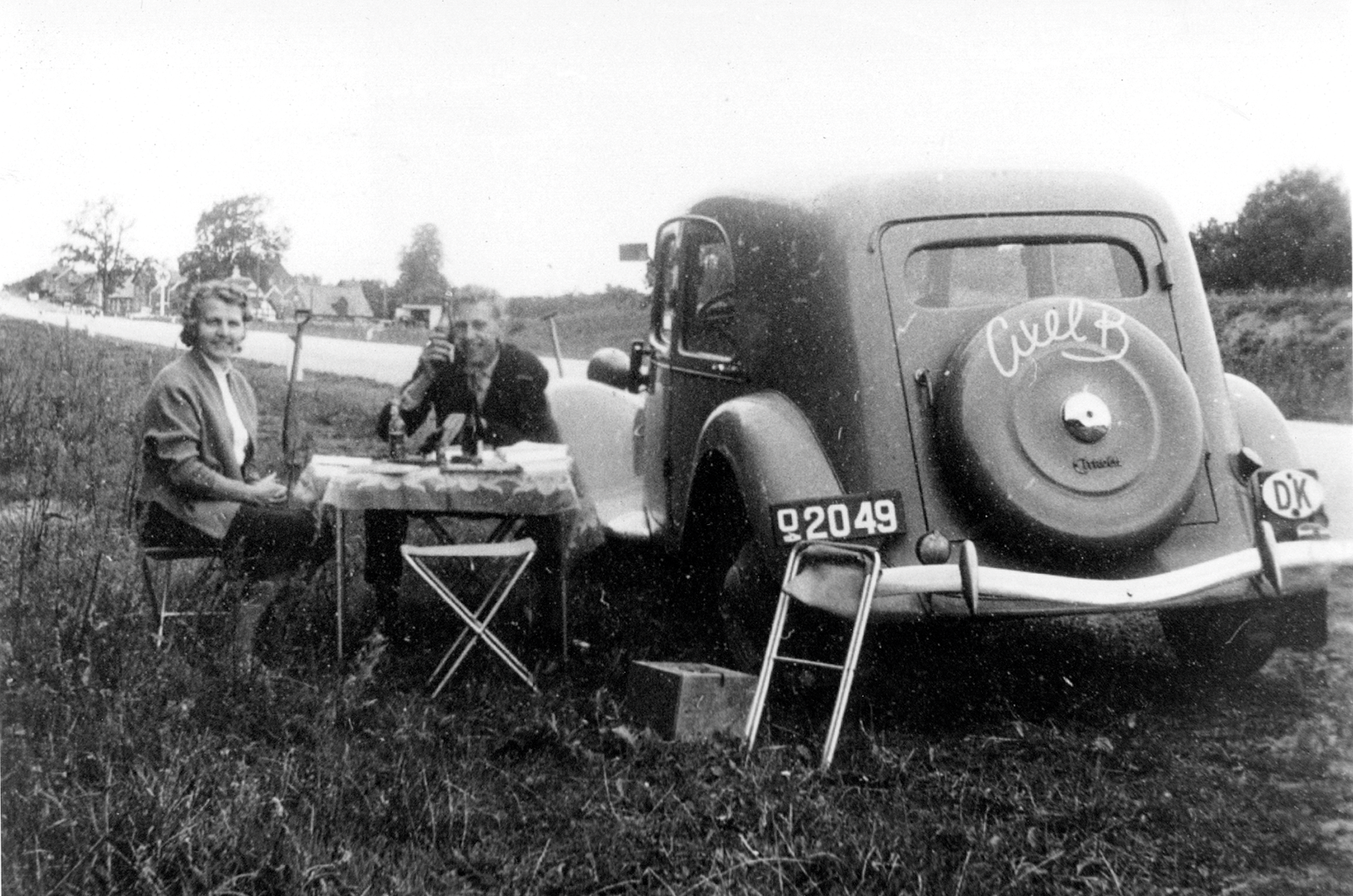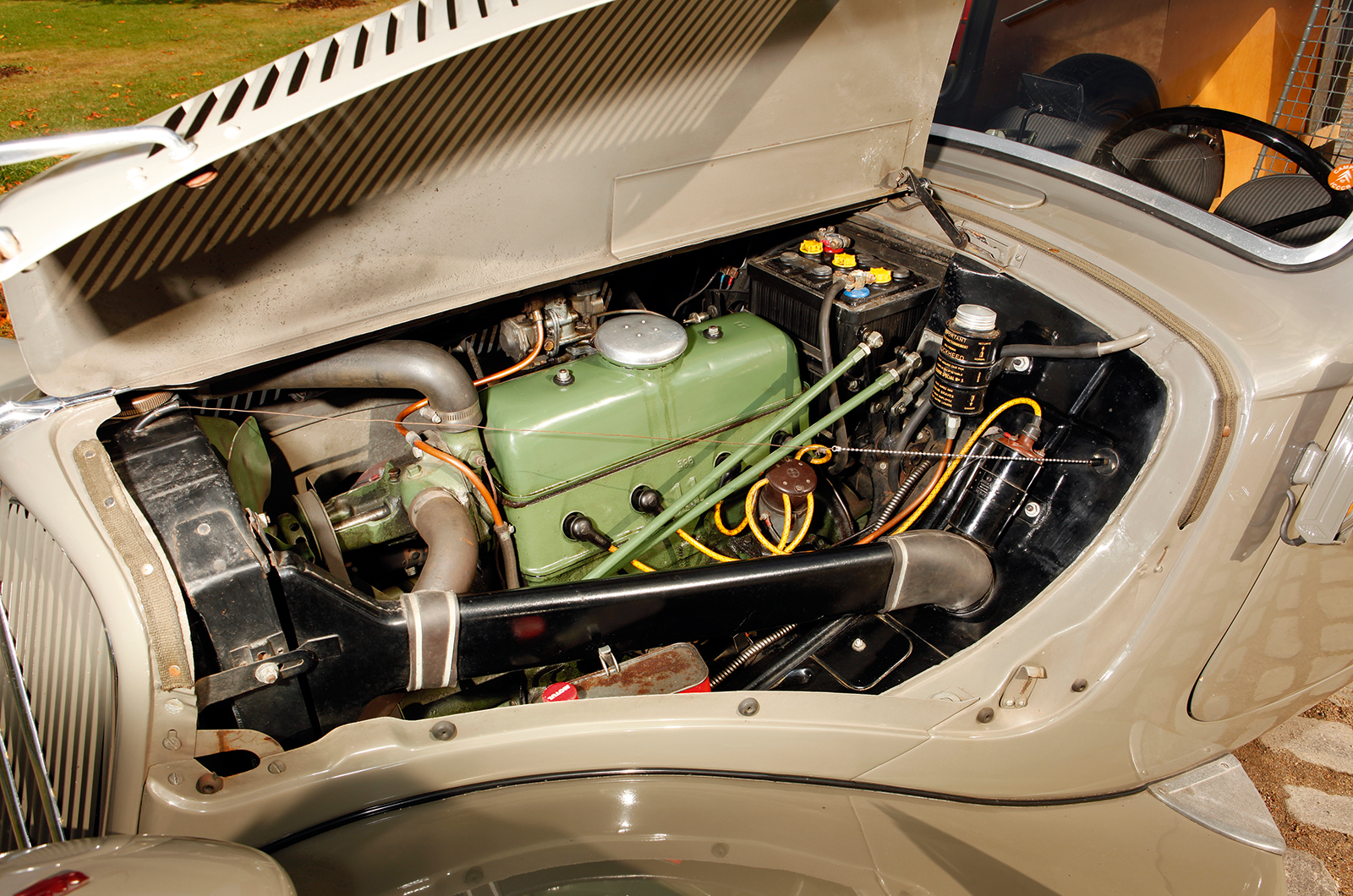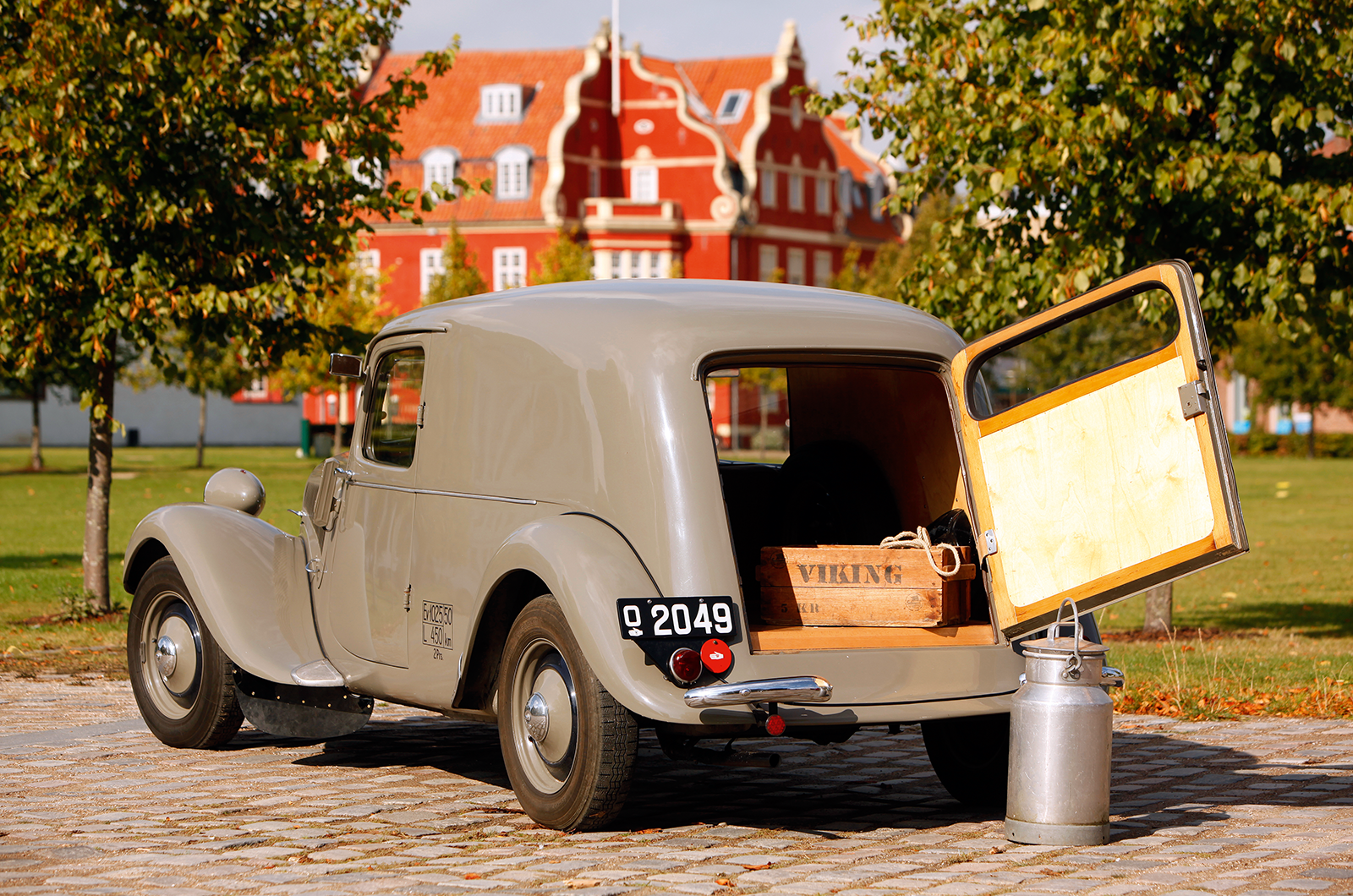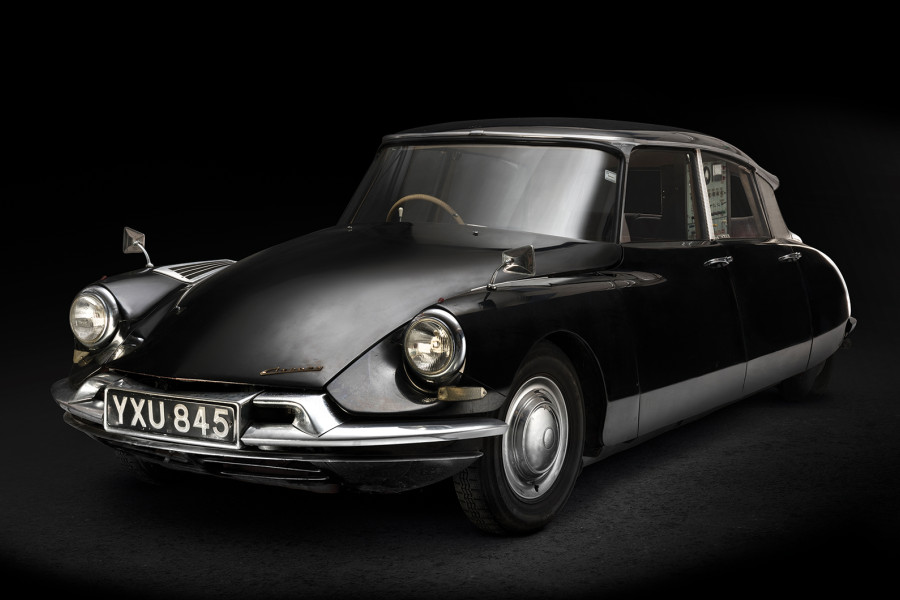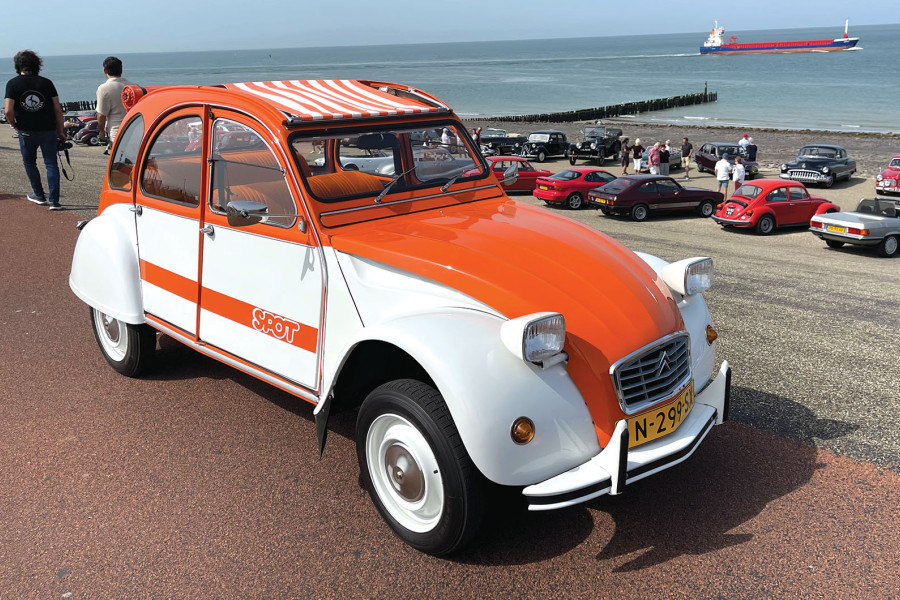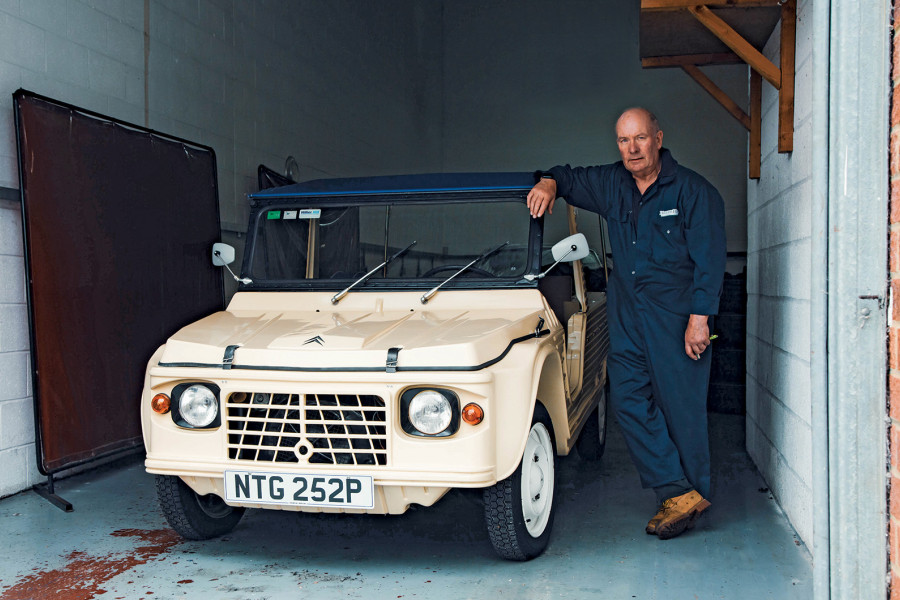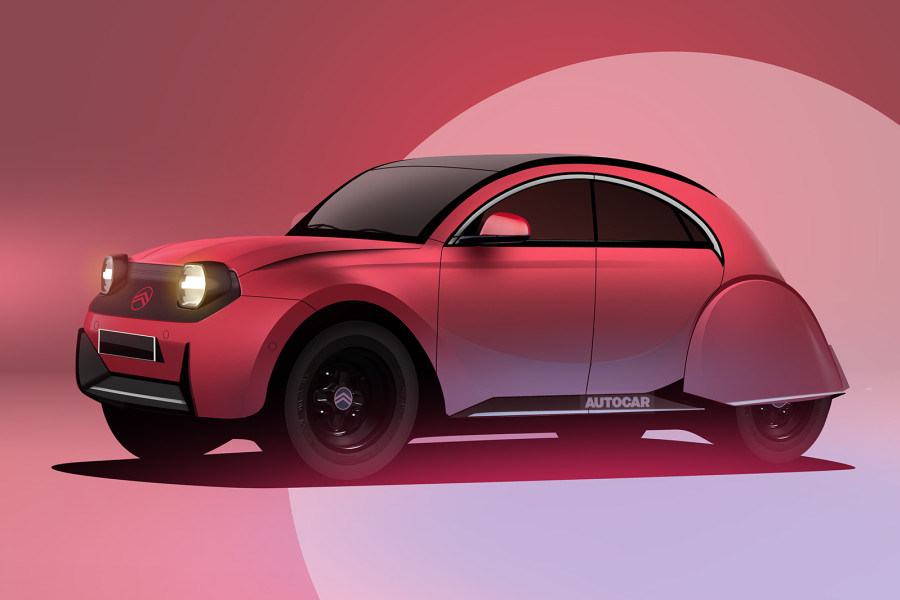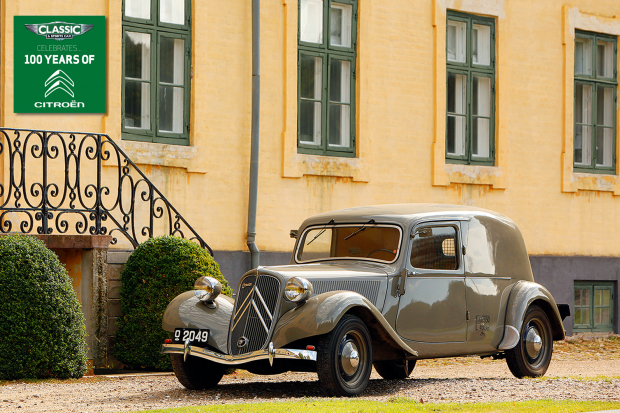
Few classic Citroëns get rarer than this, the classiest load-lugger in town, says Jon Pressnell
It’s the rarest production Traction Avant ever made. No, it’s not a coupé.
Thin on the ground though those are, a full 110 of the estimated 773 built between 1934 and ’38 are said to survive.
Nor is it the less scarce roadster, of which around 450 remain of the 4672 made pre-war.
You’d have to be a lover of the obscure to have put your finger on it, but the model in question is an, er, van – a variant that was factory-built, of all places, in Citroën’s Denmark plant.
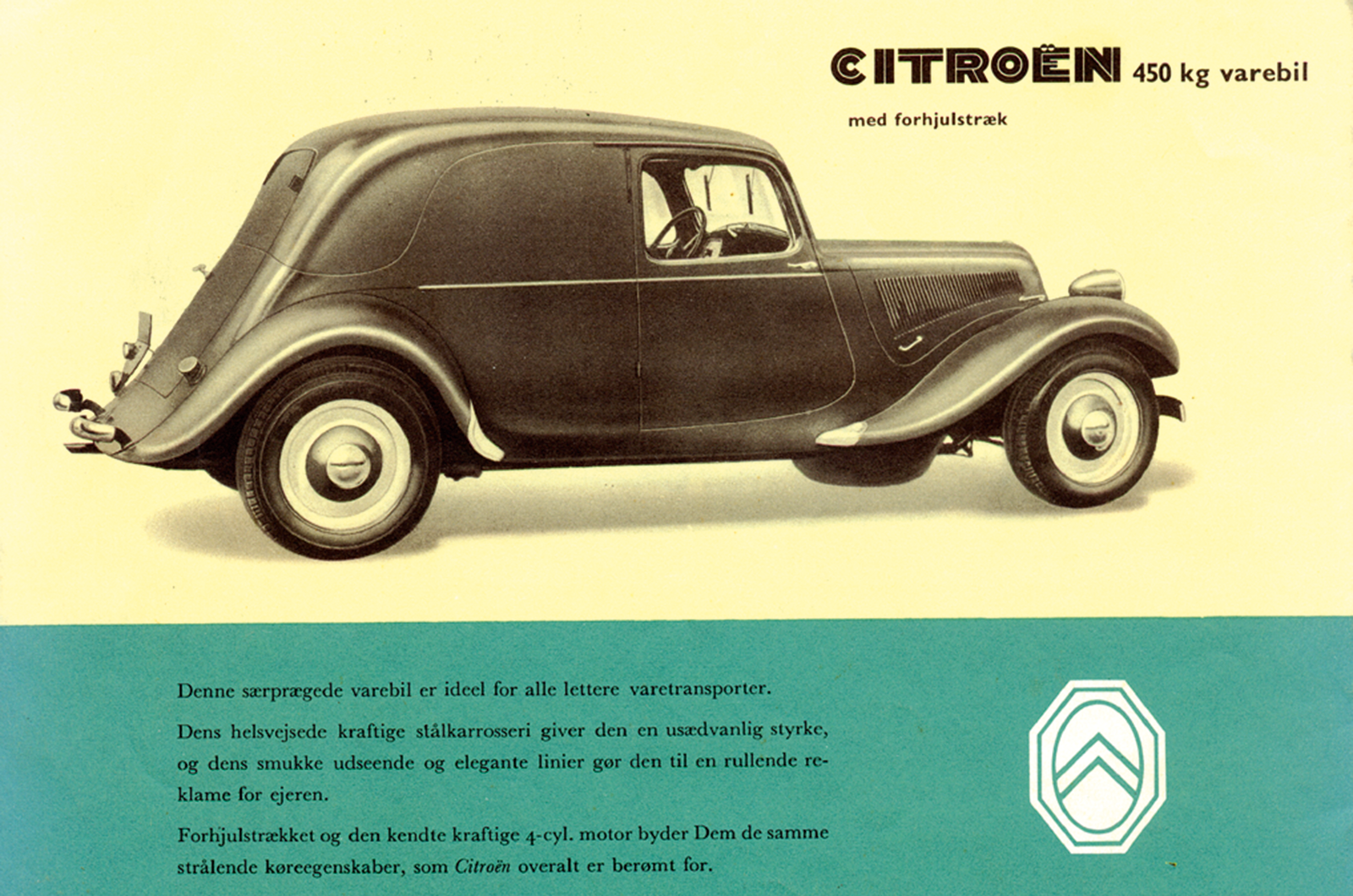
The brochure for the second-type van touted its 450kg payload
A mere 500 or so were made at the Copenhagen works, and it is thought that only three survive. Rarer than that you don’t get, this side of the three known pre-production 15-Six roadsters.
The idea might seem incongruous, but the reality of this Franco-Danish cut-and-shut is surely one of the most elegant commercial vehicles you’ll ever see, judging by Jens Møller Nicolaisen’s delightful 1950 example.

